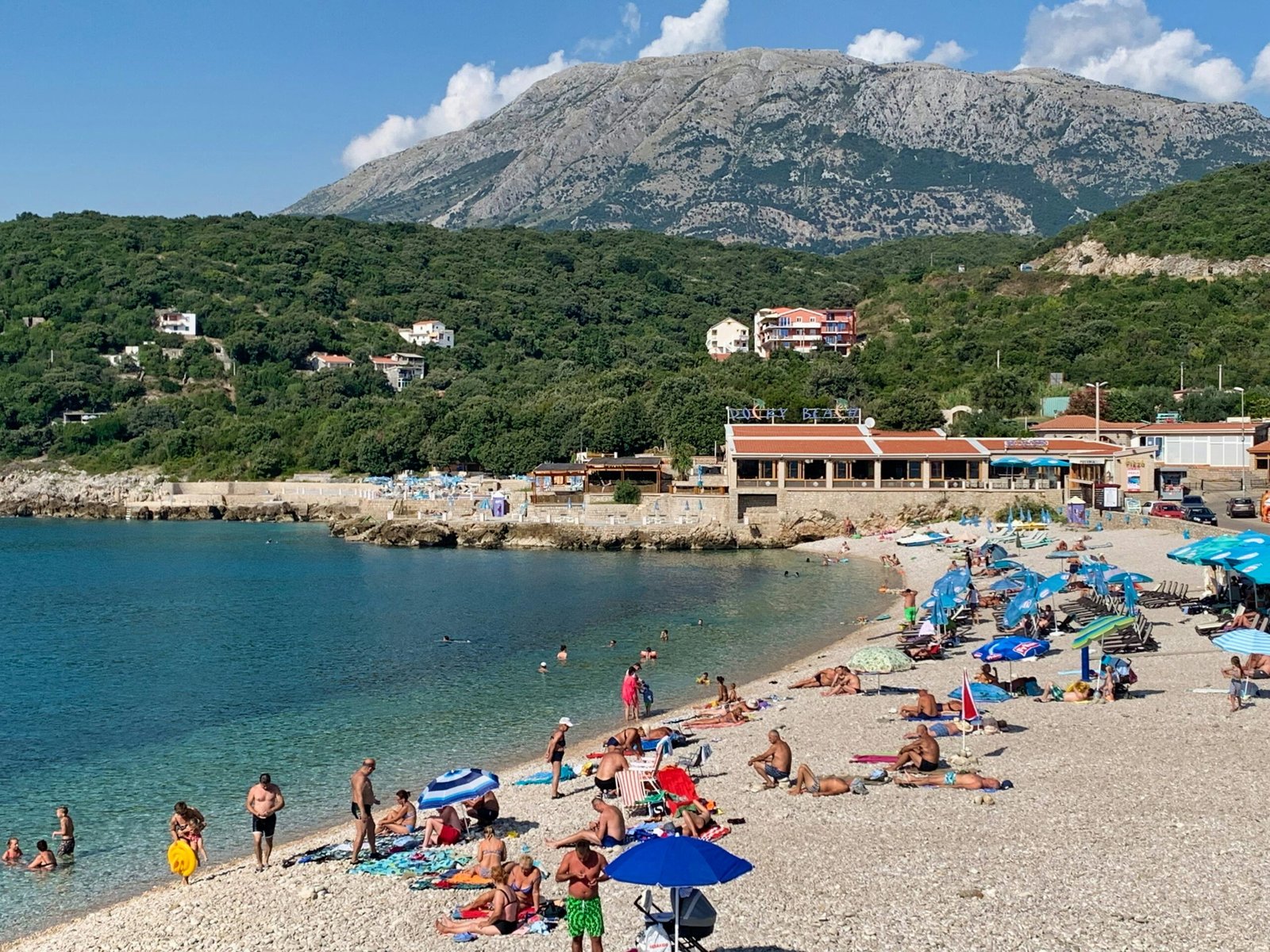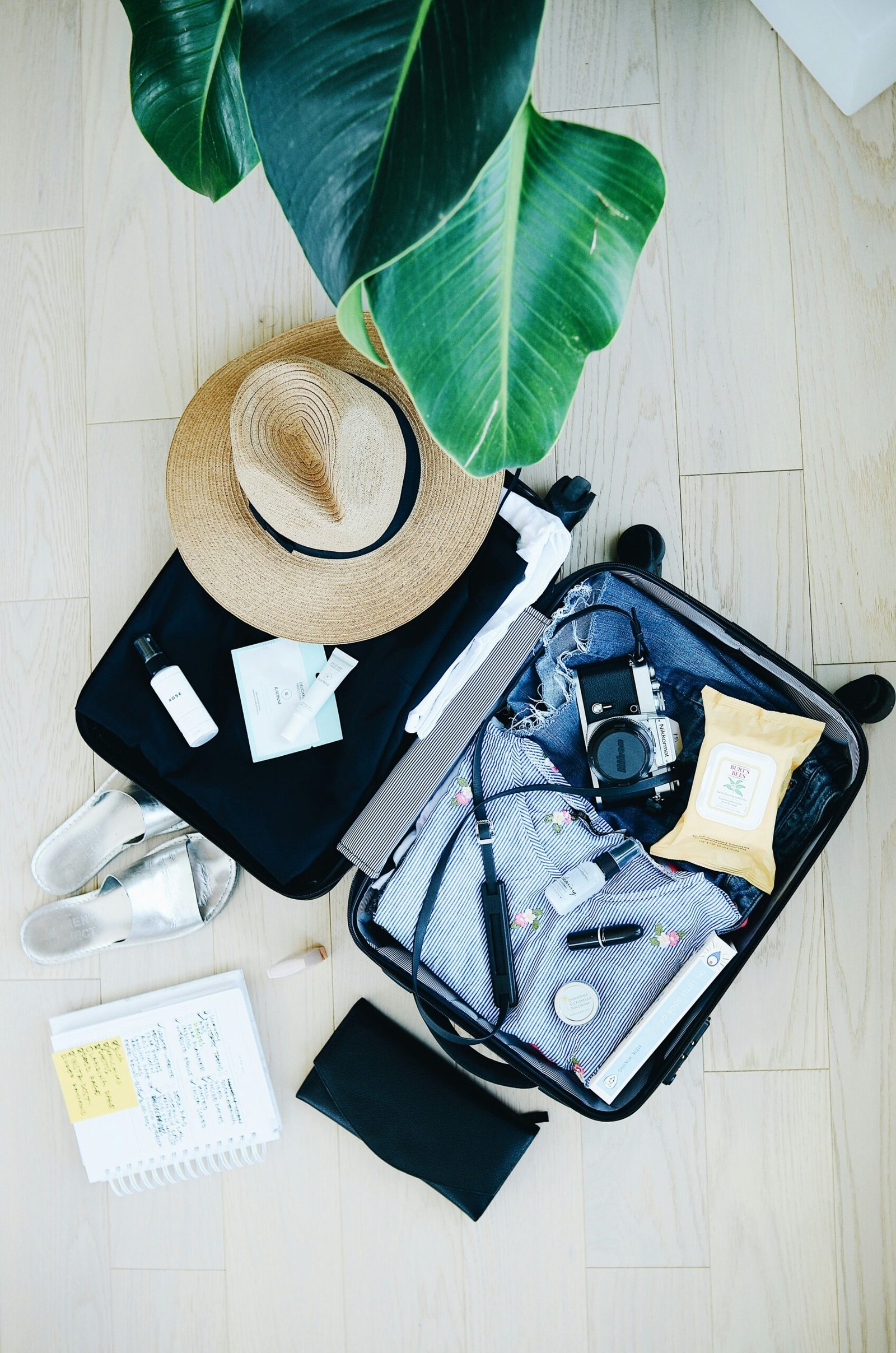Introduction
When traveling as a tourist, it’s important to plan your meals in order to make the most of your trip on budget. By having a meal planning timetable, you can ensure that you consume healthy meals while satisfying your cravings all through your trip without any last-minute stress, hassle or having to break the bank. All of this tips will guide you through the process of creating a healthy meal planning timetable for your next tourist adventure.
Step 1: Research Local Cuisine
As you commence planning your meals, take some time to research the local cuisine of your destination. Look out for popular dishes, traditional foods, and must-try specialties. This will give you a better insight of the food culture and help you make informed choices when creating your meal plan.
Step 2: Determine Your Budget
Endeavour you budget your meals during such trip. Consider how much you are willing to spend on food each day and allocate a portion of your overall travel budget for meals. This will help you make decisions about where and what to eat while aligning with your expenses.
Step 3: Plan Your Daily Meals
It is best you plan your daily meals. Divide your day into breakfast, lunch, dinner, and snacks. For each meal, consider the following:
Breakfast
For breakfast, decide whether you prefer eating at your accommodation or exploring local cafes and bakeries. If you’re staying at a hotel or Airbnb with kitchen facilities, you can plan to make simple breakfasts like cereal, toast, or yogurt. Otherwise you can also try local breakfast options, research nearby cafes or markets that offer traditional breakfast menu.
Lunch
For lunch, you should explore a few options. You can plan to have a sit-down meal at a restaurant, grab a quick bite from a street food vendor, or pack a picnic lunch to enjoy at a scenic spot. Consider your daily activities and choose the option that suits your schedule and preferences. Don’t forget to try local specialties or famous dishes for mouth watering experience.
Dinner
Dinner is another opportunity to explore local cuisine and try new flavors. Look for restaurants or eateries that offer traditional dishes or regional specialties. Also check online reviews or ask locals for recommendations. Make reservations if necessary, especially for popular or highly-rated establishments.
Snacks
Don’t forget to plan for snacks throughout the day. Whether you’re exploring museums, visiting attractions, or simply strolling around the city, having some snacks on hand can keep you energized and satisfied. Pack some fruits, granola bars, or local snacks to munch on between meals.
Step 4: Consider Dietary Restrictions and Preferences
If you have any dietary restrictions or preferences, take them into consideration when planning your meals. Research vegetarian or vegan-friendly restaurants, gluten-free options, or places that cater for your specific dietary needs. This will ensure that you have a variety of choices and can enjoy your meals without any worries or limitations.
Step 5: Be Flexible
Flexibility is also an important factor to consider during your trip. Sometimes unexpected circumstance may arise, such as stumbling upon a local food festival or being invited to a traditional meal by a friendly local. Embrace these spontaneous experiences and adjust your meal plan accordingly. Remember exploring is the major joy of traveling as you get to try new flavors and culinary delights.
Step 6: Explore Local Markets
One of the best ways to immerse yourself in the local food culture is by visiting local markets. These vibrant and bustling places offer fresh produce, regional specialties, and a chance to interact with locals. Plan a visit to a nearby market during your trip and consider buying ingredients for a homemade meal or picking up some snacks to enjoy on the go.
Step 7: Sample Street Food
When exploring a new destination, don’t miss out on the opportunity to try street food. Street food vendors often offer delicious and affordable delicacies that showcase the local flavors and culinary traditions. Improve your research to find popular street food spots or simply follow your nose and let the enticing aromas guide you.
Step 8: Keep Hydration in Mind
While planning your meals, don’t forget to consider hydration. Move around with a reusable water bottle and refill it throughout the day to stay hydrated. Additionally, research local beverages or specialty drinks during your trip. Whether it’s a refreshing fruit juice, a traditional tea, or a local beer, staying hydrated and enjoying local beverages can enhance your culinary experience.
Step 9: Embrace Culinary Experiences
Finally, be open to culinary experiences that go beyond just eating. Consider taking a cooking class to learn how to prepare local dishes, joining a food tour to explore hidden culinary gems, or visiting a winery or brewery for a tasting session. These experiences will not only satisfy your taste buds but also deepen your understanding of the local food culture.
Conclusion
Creating a meal planning timetable for your tourist adventure can help you make the most of your trip and ensure that you have delicious and satisfying meals throughout your journey. By researching local cuisine, planning your daily meals, considering dietary restrictions, and embracing culinary experiences, you can embark on a gastronomic adventure that will leave you with ever lasting memories.






